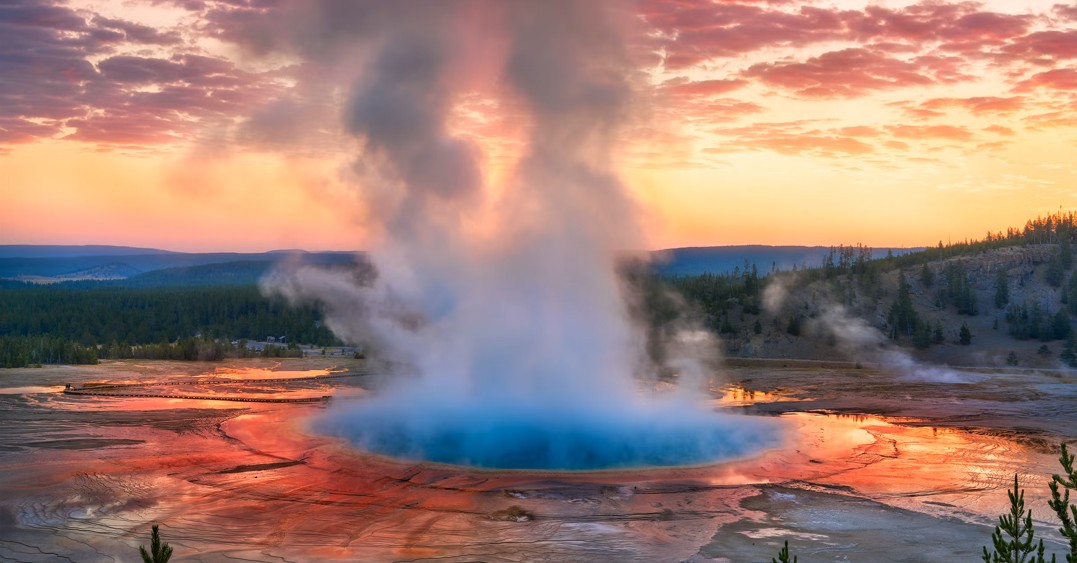
When Vesuvius erupted in 79 AD, it sealed the fate of several Roman settlements. While Pompeii is famed for its haunting plaster casts—voids left by bodies enveloped in ash—Herculaneum offers a starker, perhaps even more revealing, testament to the catastrophe: hundreds of perfectly preserved human skeletons. These bones, discovered primarily in the ancient boathouses and on the beachfront, tell a visceral story of the final, desperate moments of those caught in the volcano’s terrifying embrace.
For centuries, it was believed that Herculaneum, situated closer to Vesuvius’s crater than Pompeii, had seen fewer casualties because its residents had more time to escape. Early excavations, which focused on the town’s luxurious villas and remarkably preserved organic materials (like wooden furniture and food), found few human remains. This perception changed dramatically in the early 1980s.
The Discovery: A Human Wall of Despair
Archaeologists excavating along Herculaneum’s ancient shoreline unearthed a truly harrowing spectacle: over 300 skeletons huddled together under the arches of what were once boathouses. It was a mass grave, revealing that a large portion of the town’s population had, in fact, tried to escape by sea, only to be trapped at the water’s edge. They were a human wall, pressed against each other, desperately waiting for rescue that would never come.
Unlike Pompeii, which was buried under layers of slow-falling ash and pumice, Herculaneum was inundated by a series of superheated pyroclastic flows—fast-moving currents of hot gas, ash, and volcanic debris. These flows, reaching temperatures of up to 500°C (930°F), struck Herculaneum with devastating speed and intensity.
A Fiery Instant: What the Bones Reveal
The state of Herculaneum’s skeletons offers unique and scientifically invaluable insights into the nature of these pyroclastic flows and their immediate impact on the human body:
- Instantaneous Death: The intense heat caused instant vaporization of soft tissues and blood, leading to a phenomenon known as “exploding skulls.” The sudden thermal shock caused the victims’ brains to literally boil and explode, leaving behind shattered cranial fragments. Their postures, often contorted and cramped, indicate the agonizing rapidity of their demise.
- Remarkable Preservation: While flesh was vaporized, the bones themselves were flash-heated and vitrified, meaning they were preserved with extraordinary detail. This allowed scientists to conduct detailed analyses of diet, health, disease, and even social status within the Herculaneum population.
- A Cross-Section of Society: The skeletons belonged to men, women, and children of all ages, representing a broad cross-section of Herculaneum’s inhabitants. Studies of dental health, bone density, and even lead content (indicating exposure through water pipes or cooking vessels) have provided insights into daily life, nutrition, and environmental factors in a Roman town. Some individuals were found clutching tools, others jewelry or coins, offering poignant glimpses into their final attachments and attempts to save what they could.
- Confirming the Catastrophe’s Scale: The discovery of so many victims contradicted earlier assumptions about Herculaneum’s fate, proving that many thousands perished in a catastrophe beyond human comprehension. It underscores the overwhelming power and indiscriminate nature of Vesuvius’s eruption.
More Than Just Bones: A Human Story
Herculaneum’s skeletons are not merely archaeological specimens; they are direct, unflinching witnesses to one of history’s most famous natural disasters. They speak of fear, desperation, and the universal instinct to survive. Their silent testimonies have helped scientists reconstruct not only the grim final moments of individuals but also the precise timeline and physical dynamics of the eruption itself.
Today, while some skeletons remain in situ at the archaeological site, others have been carefully removed for study and conservation. They continue to be a subject of intense scientific research, yielding new information about ancient life and death with every technological advancement. Herculaneum’s skeletons stand as a potent, enduring reminder of human vulnerability in the face of nature’s might, and the poignant stories that history, sometimes, chooses to preserve in bone.





